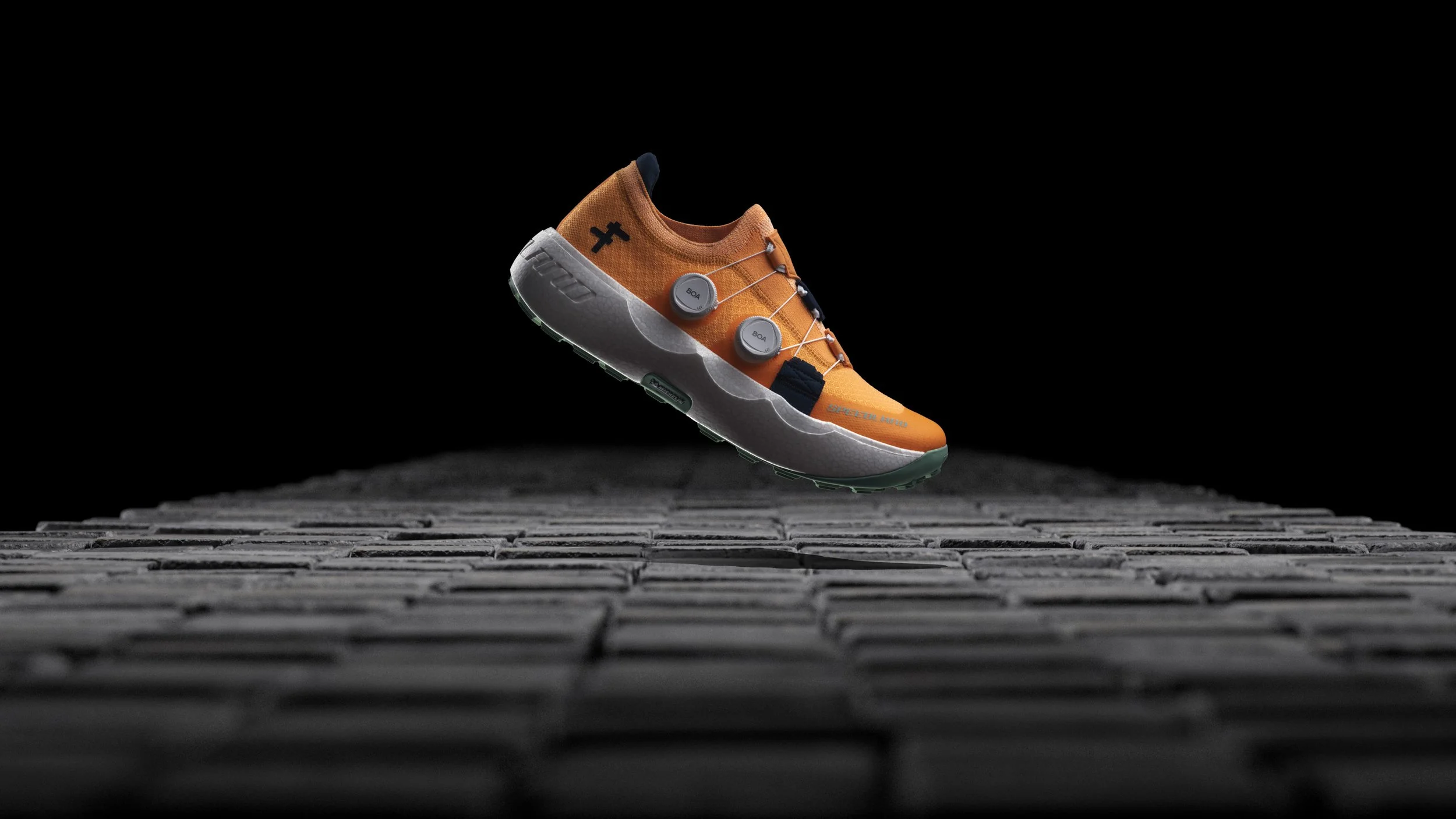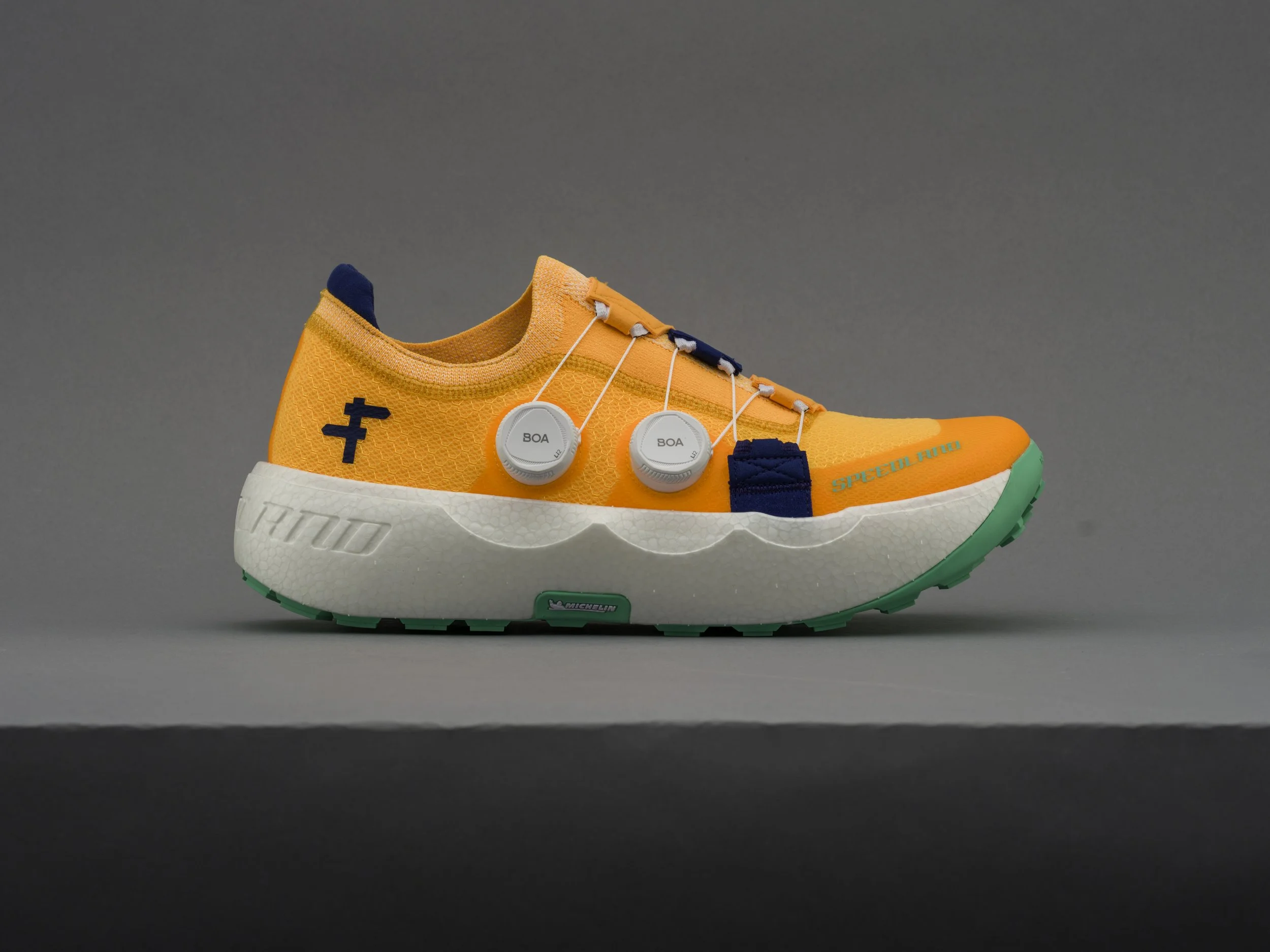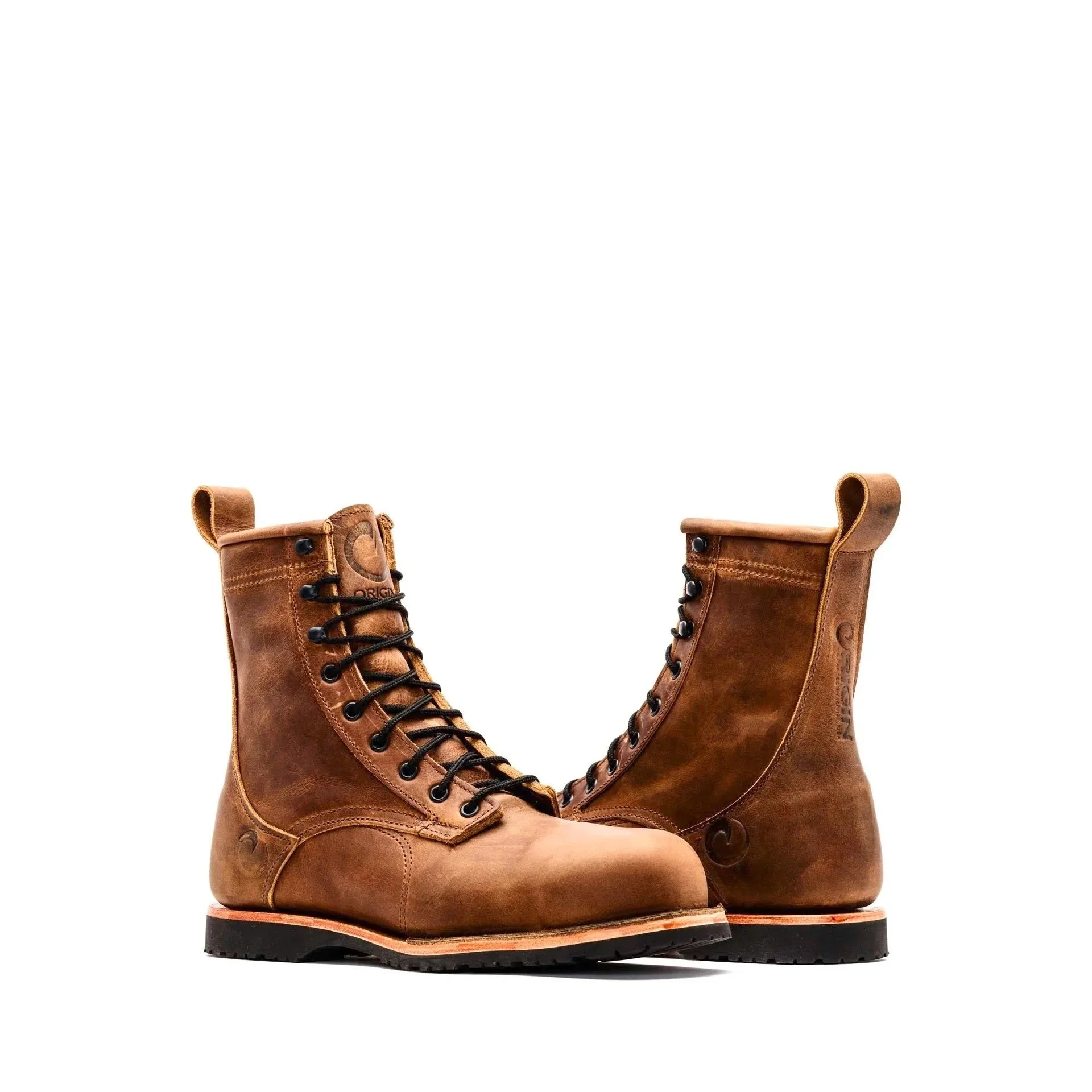



Behind the Lens: Elevating Your Business with Expert Online Store Photography
The Crucial Role of Photography in E-Commerce
High-quality images in online stores do more than just showcase products; they create narratives that enhance the shopper's experience. By using optimal lighting and professional editing, images can significantly attract more customers and increase sales. Photography not only builds trust by communicating the value of the products but is also essential in converting visitors into buyers.